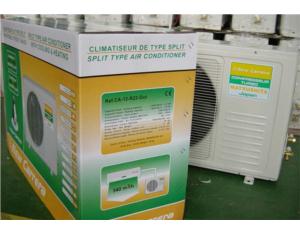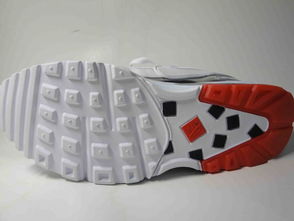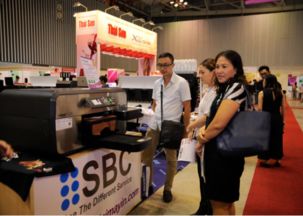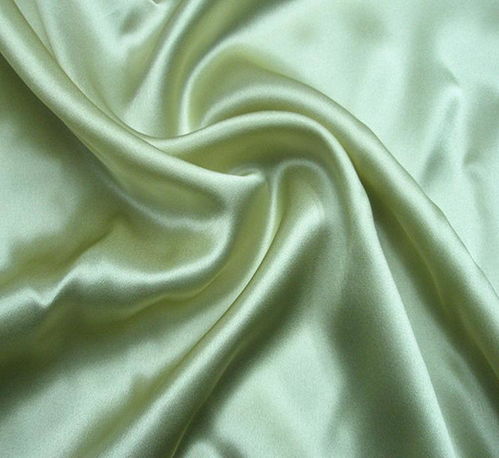Understanding Textile Air Resistance Testing Methods
Textile Air Resistance Testing is a critical process in the manufacturing and quality control of textile products. This method involves exposing textiles to high-velocity airflow under controlled conditions, measuring their resistance to the force of air flow. The purpose of this test is to assess the durability, strength, and resistance to wear and tear of the fabric. The testing process involves using specialized equipment such as an air jet or a blower that generates a consistent airflow at a specific speed. The fabric is then placed inside a test chamber where it is exposed to the airflow. The resistance of the fabric to the airflow is measured by recording its weight loss over time. The results are analyzed to determine the suitability of the fabric for specific applications such as sportswear, protective clothing, and military gear. Textile Air Resistance Testing is an essential part of the quality control process for many industries, as it helps in ensuring that textile products meet the necessary standards and performance requirements.
Introduction: Textile materials, whether natural or synthetic, are essential components of our daily lives. From clothing to upholstery, their quality and performance directly impact the comfort and functionality of our surroundings. One critical aspect of textile material quality that often goes unnoticed is its air resistance. This refers to the force a gas (usually air) exerts against the surface of a textile as it moves through it at a given speed. In this discussion, we'll delve into the different methods used to measure this air resistance, including their advantages and limitations. Additionally, we'll look at some real-world cases where textile air resistance testing has made a significant impact on product improvement and quality assurance.

Static Pressure Drop Method The static pressure drop method is perhaps the simplest and most commonly used technique for determining the air resistance of textiles. It involves measuring the drop in static pressure across two points in a flow path when a constant volume of air is passed through the sample. The resulting pressure difference gives us an idea of how much energy the air needs to overcome the fabric's surface area to pass through.
Advantages:
- Quick and easy to perform.
- Suitable for small samples and quick screenings.
- Can provide useful insights into fabric structure and surface properties.
Disadvantages:
- May not be sensitive enough for high-quality textiles.
- Dependence on accurate measurement equipment.
- Limited in application for complex textile structures.
Particle Image Velocimetry (PIV) Method PIV measures the movement of particles in the vicinity of the fabric surface as air flows through it. By tracking these particles, it allows for the calculation of both the mean velocity and turbulence levels within the flow field. This method provides a more comprehensive picture of the air dynamics within the textile than static pressure drop alone.
Advantages:
- Higher resolution and detail than static pressure drop.
- Can capture complex patterns of air flow behavior.
- Can detect laminar and turbulent regions separately.
Disadvantages:
- Requires specialized equipment and expertise.
- Time-consuming to process large datasets.
- Not practical for small samples or low-velocity flows.
Laser Doppler Anemometry (LDA) LDA uses laser pulses to measure the velocity of particles passing through a fabric surface. By analyzing the time delay between the emission and reception of these pulses, it can provide an accurate measurement of the mean velocity of the air flowing through a textile. This method is particularly useful for measuring airflow in microscale applications where other non-invasive techniques may not be feasible.
Advantages:
- High precision and accuracy.
- Suitable for a wide range of textile types and sizes.
- Can handle complex flow patterns.
Disadvantages:
- High costs associated with specialized equipment.
- Requires careful setup to avoid interference from nearby sources.
- Limited in its ability to capture turbulence.
Real-World Example: Improvement in Swimwear Manufacturing One real-world application of textile air resistance testing is in the development of swimwear. For instance, the swimwear industry relies heavily on the comfort and breathability of fabrics. By using LDA to test the air resistance of swimwear panels during wear tests, manufacturers could identify areas that need improvement, such as weak spots or excessive bulkiness. This information could then be used to optimize the design and manufacturing processes, resulting in better overall product fit and comfort for consumers.
Conclusion: Textile air resistance testing is an essential tool for assessing the quality and performance of textiles. Whether using static pressure drop, PIV, or LDA, each method offers unique strengths and weaknesses that can inform the design and manufacture of textile products. As technology advances, new techniques like PIV and LDA offer promising prospects for improving our understanding of textile air resistance and driving innovation in apparel, furnishings, and other textile industries.

在纺织品的生产、加工和流通过程中,气流阻力是一个重要的质量控制指标,为了确保纺织品的质量和性能,对其气流阻力的检测显得尤为重要,本文将详细介绍纺织品气流阻力检测的方法,并结合实际案例进行说明。
纺织品气流阻力检测方法
测试原理
纺织品气流阻力检测主要基于流体力学原理,通过测量纺织品在气流作用下的阻力变化来评估其性能,具体测试方法包括静态测试和动态测试两种。
(1)静态测试
静态测试是在恒定气流环境下,通过测量纺织品在垂直方向上的阻力来评估其气流阻力,测试时,使用专业的气流阻力测试仪,将纺织品放置在测试仪的测量区域内,调整气流参数,记录测试数据。
(2)动态测试
动态测试是在动态气流环境下,通过测量纺织品在特定速度下的阻力变化来评估其性能,测试时,根据实际需求选择合适的测试速度和气流模式,确保测试结果的准确性。
检测步骤
(1)准备测试样品
选择符合要求的纺织品样品,确保样品尺寸、形状和材质符合检测要求。
(2)安装测试设备

根据测试需求,安装气流阻力测试仪和相关附件,确保测试设备的稳定性和准确性。
(3)设置气流参数
根据测试要求设定气流参数,如气流速度、气流模式等,确保参数设置合理,避免对纺织品造成不必要的损害。
(4)进行测试
按照静态或动态测试的要求进行测试,记录测试数据,对于动态测试,还需记录不同速度下的阻力变化情况。
案例分析
(1)案例一:某品牌纺织品气流阻力检测案例
某品牌在生产过程中发现其纺织品在特定条件下存在气流阻力过大的问题,为了解决这一问题,该品牌委托专业机构对其纺织品进行了气流阻力检测,检测过程中,专业机构采用了静态测试方法,通过调整气流参数和测量数据,发现该品牌纺织品在特定条件下存在较大的气流阻力,针对这一问题,该品牌采取了相应的改进措施,提高了纺织品的性能和质量。
(2)案例二:气流阻力检测技术应用案例
近年来,随着科技的不断进步,气流阻力检测技术也得到了广泛应用,某纺织企业采用了先进的气流阻力检测设备和技术,对纺织品的生产过程进行了全面监控和质量控制,通过实时监测纺织品的流量、温度、压力等参数,及时发现并解决了生产过程中的问题,提高了生产效率和产品质量,该企业还采用了大数据分析等技术手段,对纺织品的销售和市场需求进行了预测和分析,为企业的决策提供了有力支持。
纺织品气流阻力检测是确保纺织品质量的重要手段之一,本文介绍了纺织品气流阻力检测的方法和案例分析,包括测试原理、检测步骤以及实际应用案例等,在实际应用中,应选择合适的检测方法和设备,确保检测结果的准确性和可靠性,还应结合实际需求和条件,采取相应的改进措施,提高纺织品的性能和质量。
Articles related to the knowledge points of this article:
The Journey of Ethical Textiles:A Case Study of 民裕纺织品



